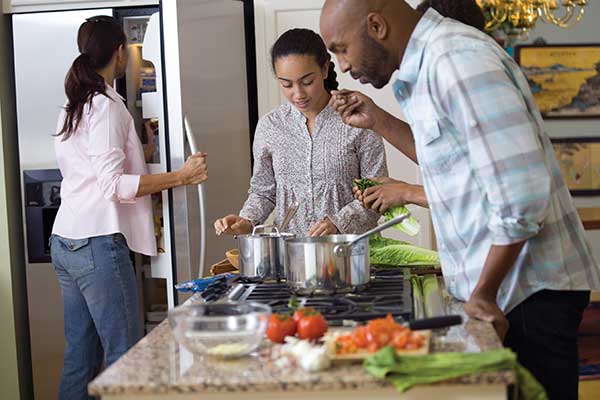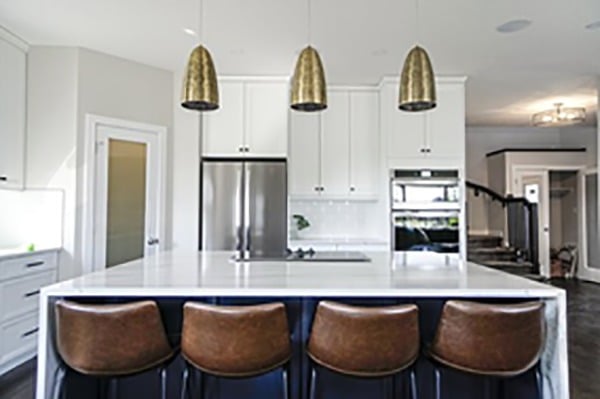When one of your cooktop or kitchen stove burners doesn’t work, you may be tempted to pick up the phone and call in professional help for repairs. But before you write that repair check, make sure it’s not a problem that you can fix yourself.
Safety tip: Before working on any stove or cooktop, always unplug the appliance or disconnect power at the circuit breaker or fuse box. Don’t attempt any repair that you’re not completely comfortable with, and call a qualified repair professional if in doubt. Check the circuit breaker or fuse box if needed. For a gas stove, check the gas valve to make sure that it is open.
How to fix an electric stove burner
Tools you might need
Before you dive into fixing your electric stove burner, gather these essential tools:
- Screwdriver (Phillips and flathead)
- Multimeter (for checking electrical connections)
- Needle-nose pliers
- Replacement burner coil (if needed)
- Replacement burner block or socket (if needed)
- Manufacturer’s manual or diagrams
Safety tip: Make sure your tools have insulated handles to protect against accidental contact with live wires.
-
Check the burner coil.
If an electric burner isn’t heating at all, a burner coil may be the problem. First, see if the coil is loose. When the burner coil is completely cool, reconnect it firmly into the burner socket. If that doesn’t work, pull the coil out from the socket and exchange it with another from the stove that you know for sure is working. Turn the burner back on, and if it works, then you need a new burner coil. If it still appears that the stove burner is not working, you haven’t found the problem.
-
Inspect the prongs.
If the prongs on the burner coil look burned, inspect the socket. If the socket looks burned, too, it may need to be replaced. You can replace a bad burner block by disconnecting the terminal wires with a screwdriver and screwing in an oven burner replacement. See your unit’s manufacturer’s instructions for diagrams and additional instructions.
-
Check for a faulty ignition switch.
If you can’t control the heat level on a coil, you may have a faulty ignition switch that needs replacing. Switches cannot be repaired.
-
Choose a pan that fits the diameter of the cooking element.
If you have a flat (sometimes known as glass or ceramic) cooktop, and food isn’t heating evenly, you may have the wrong size pan for the element.
-
Your element could be on its off-cycle.
If you don’t see the element on a flat cooktop light up during cooking, it just may be on its off cycle to maintain the maximum preset temperature. Wait a moment and see if it lights up.



